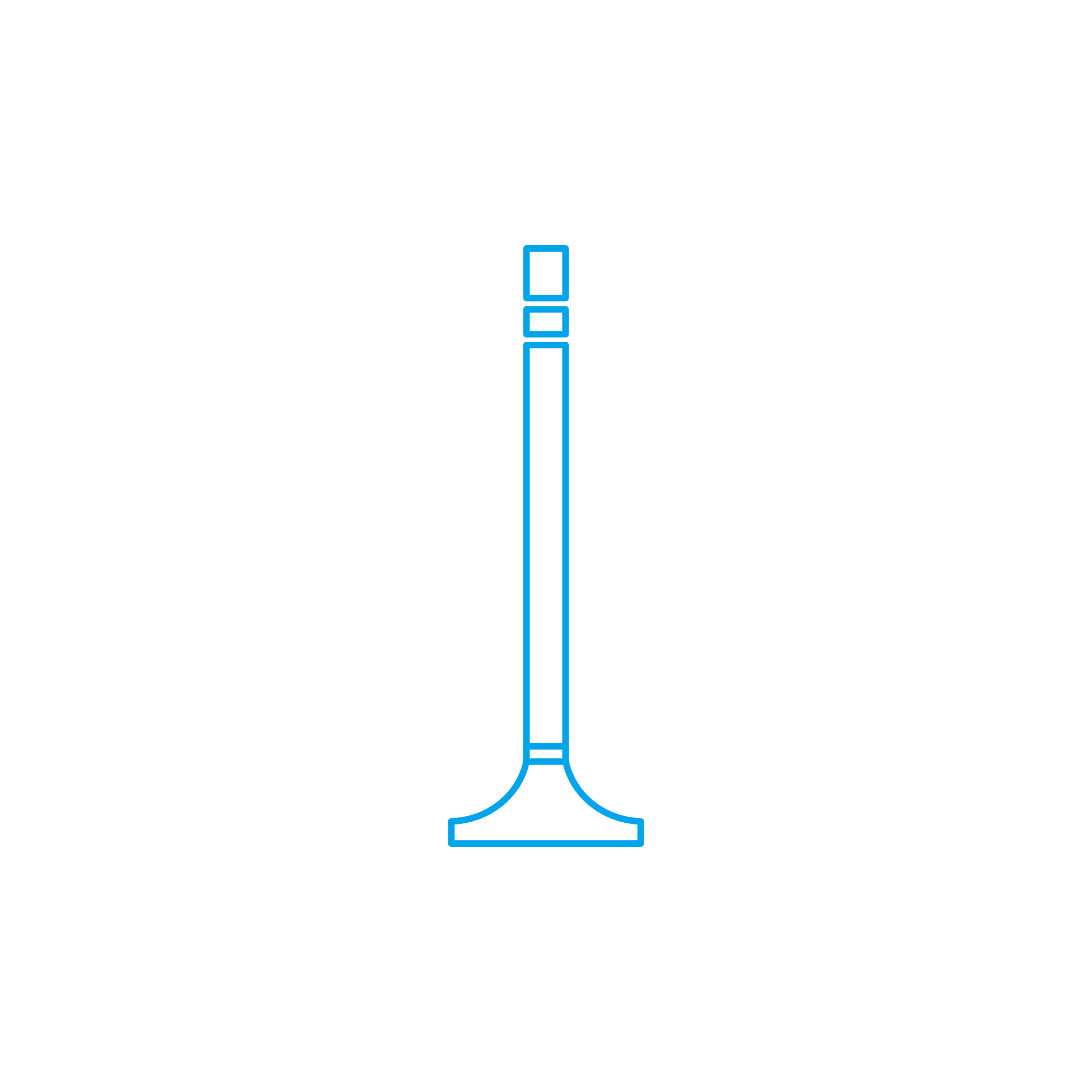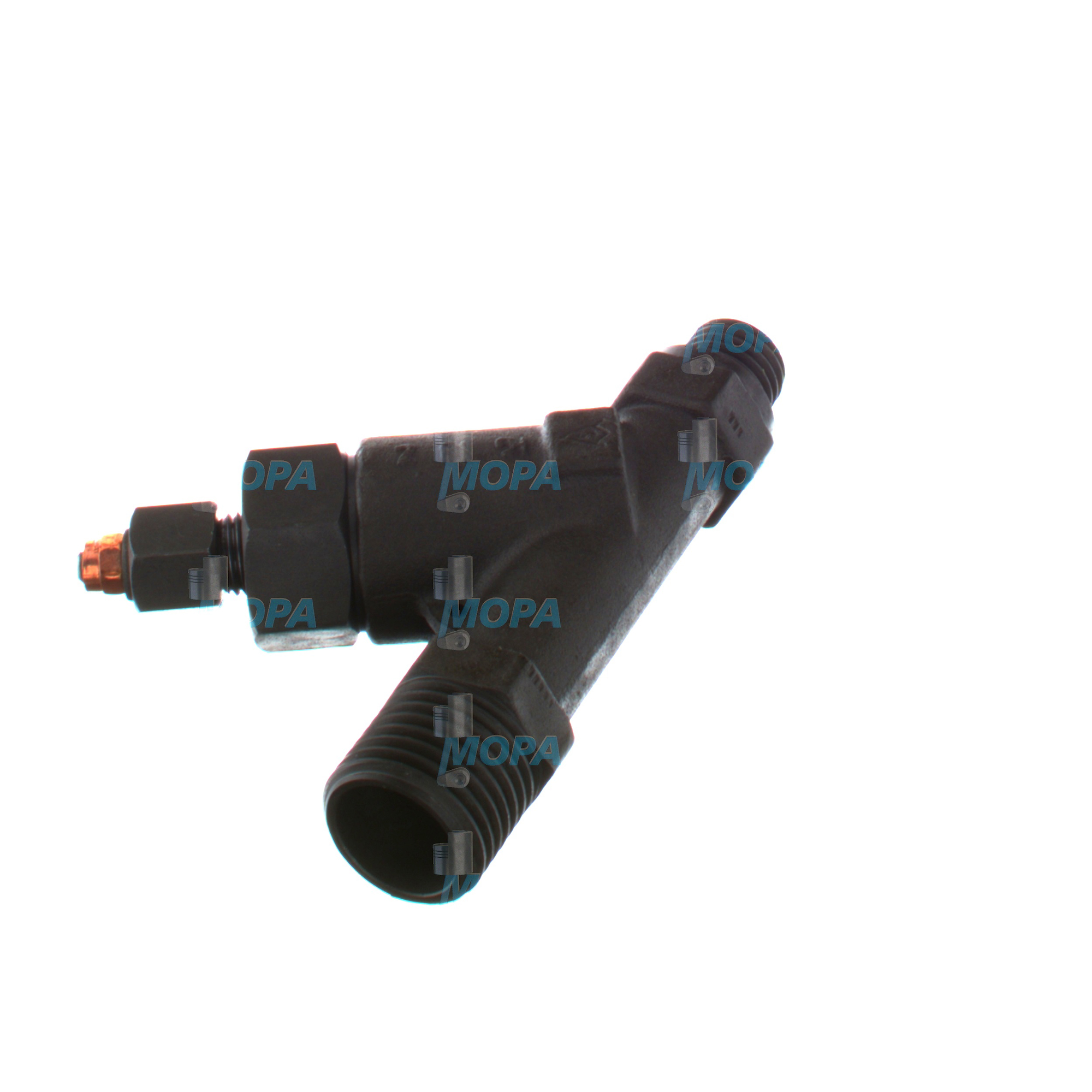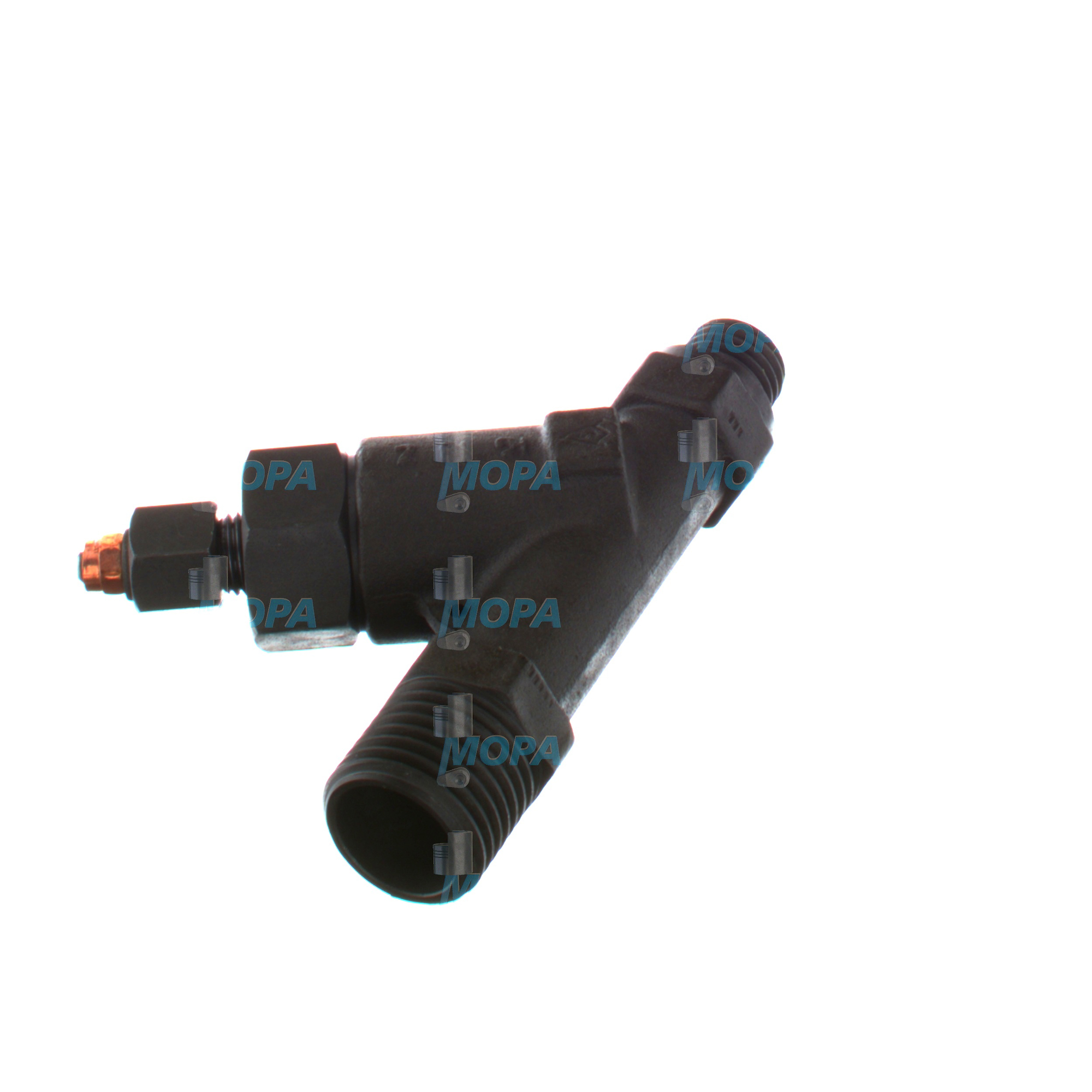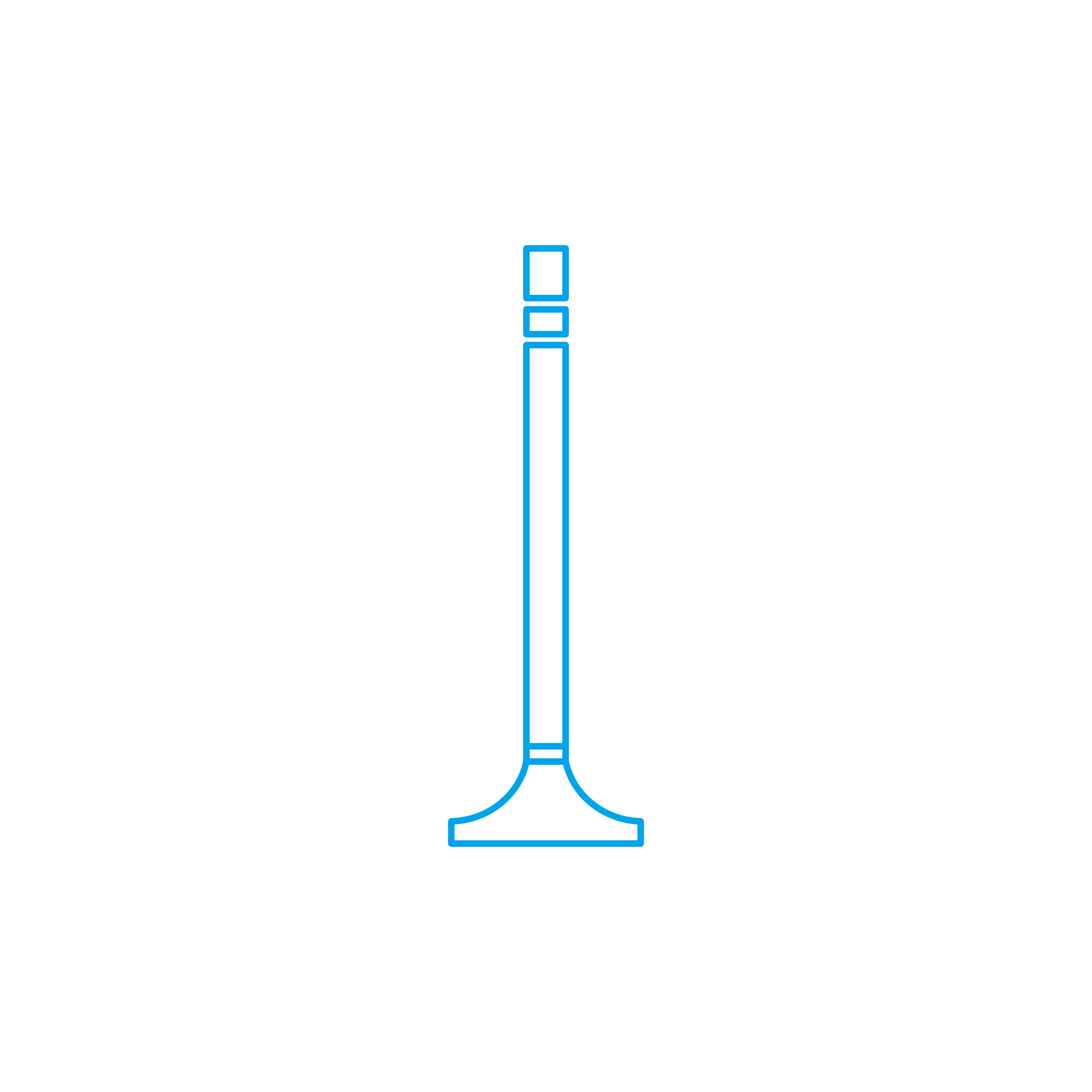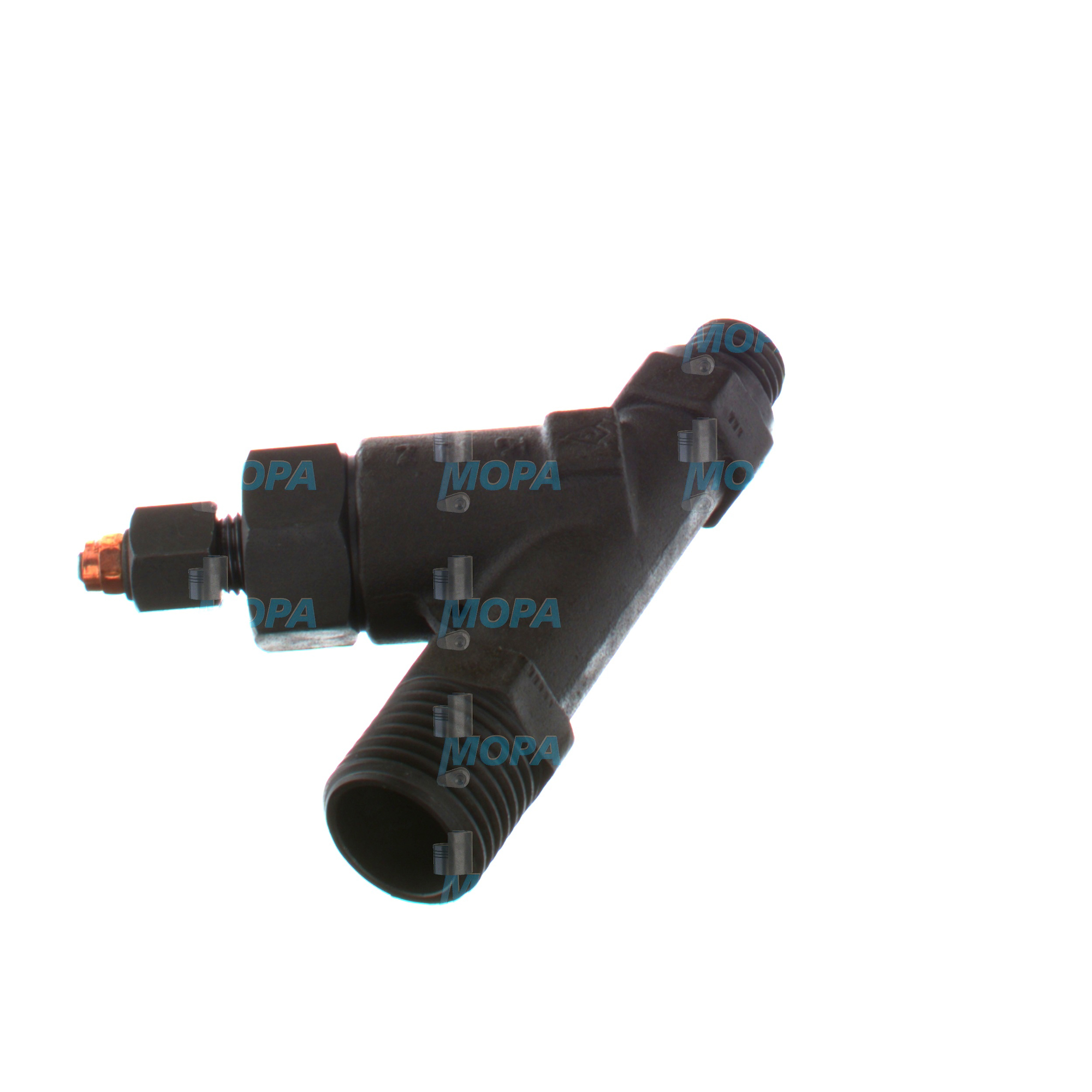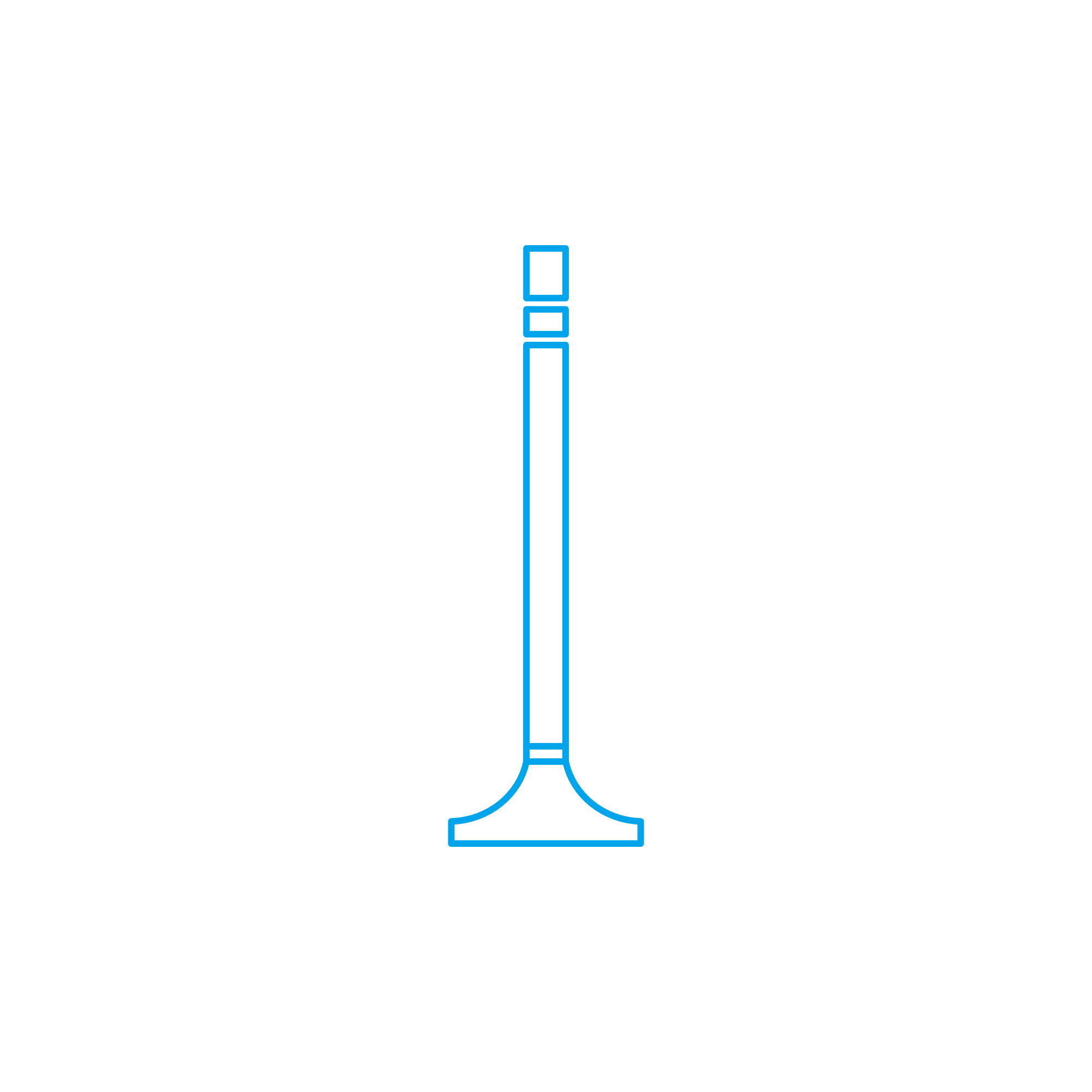INDICATOR VALVE insights for Valves in diesel and marine engines
Valves are precision-engineered components that control, isolate, meter, or monitor flows of gases and fluids inside engines and auxiliary systems. In the cylinder head they seal combustion; in fuel, cooling, lubrication, and air systems they regulate pressure and flow; and on the cylinder cover the INDICATOR VALVE provides controlled access to the combustion chamber for diagnostics and safety procedures. Without robust, correctly specified valves, a diesel or gas engine cannot achieve stable power, clean combustion, or predictable maintenance intervals. For shipowners, operators, and technical buyers, selecting the right valves and maintaining them to specification is central to uptime, fuel economy, and asset life.
Technical function of valves and INDICATOR VALVE in a diesel engine
Across a diesel engine, valves perform discrete but interconnected tasks. Intake and exhaust valves orchestrate the gas exchange process, sealing the combustion chamber during compression and allowing precise timing of charge air and exhaust flow. Safety and relief valves protect subsystems (lubrication, cooling, fuel) from overpressure, while check and control valves stabilize direction, rate, and balance of flows under dynamic load. The INDICATOR VALVE on each cylinder cover has a special role: it creates a safe, controllable interface to the combustion space for pressure indication, blow-through, and condition checks. Connected to an indicator instrument, the INDICATOR VALVE enables operators to capture pressure diagrams that reveal compression quality, injection timing, and combustion performance. In a marine engine, these diagrams support informed adjustments that reduce specific fuel oil consumption and emissions. In day-to-day operation, the INDICATOR VALVE also supports purging and safe turning to prevent hydraulic lock after maintenance or water ingress.
On high-output two-stroke and four-stroke units, sealing performance is critical. Valve seats, faces, stems, and guides are designed with heat-resistant alloys and coatings to resist hot corrosion, micro-welding, and high-velocity erosion from exhaust gas particulates. Spring loads, clearances, and surface finishes are engineered to maintain sealing under thermal cycling. The INDICATOR VALVE, though actuated manually, must match these demands: it needs reliable, repeatable tightness under peak firing pressure and temperature, precision threads and cones to avoid leaks, and a positive, quick-acting mechanism that resists sticking due to carbon or lacquer deposits. Specified correctly, INDICATOR VALVE OEM parts integrate seamlessly with the cylinder cover design and instrumentation standards used by the engine builder.
- · Tight sealing under high thermal and pressure loads.
- · Materials and seat geometries tuned for long service intervals.
- · Corrosion- and deposit-resistant surfaces for heavy and distillate fuels.
- · INDICATOR VALVE compatibility with diesel engine pressure indicators.
- · Positive, safe actuation for marine engine blow-through and testing.
- · Dimensional accuracy to maintain valve timing and lift characteristics.
- · Proven endurance against thermal fatigue and hot gas erosion.
Why valves, including the INDICATOR VALVE, are crucial for engine operation
Valves govern the engine’s breathing, protect its subsystems, and provide the diagnostic window into combustion health. When intake or exhaust valves lose sealing, compression drops and blow-by increases, elevating exhaust temperatures, accelerating turbocharger fouling, and raising fuel consumption. Seat recession or face burning can lead to misfire, backflow, and risk of component damage. In auxiliary circuits, a sticking relief valve can cause overpressure events, while a leaking check valve can drain oil galleries or allow reverse flow at shutdown.
The INDICATOR VALVE is equally pivotal. If it leaks, the cylinder loses pressure and the indicator readings become unreliable—masking issues like late injection or ring wear. If its mechanism sticks, safe blow-through before starting may be compromised, raising the risk of water hammer. In fleet practice, consistent condition of the INDICATOR VALVE directly affects the accuracy of condition-based monitoring, trending of cylinder pressure curves, and the ability to fine-tune fuel racks or injection timing for peak efficiency. Keeping valves within specification is therefore not just a maintenance task; it is a performance and safety requirement.
Advantages of OEM spare parts suitable for valves and INDICATOR VALVE OEM parts
Using OEM spare parts suitable for valves preserves the engineered relationships between materials, tolerances, and surface finishes that determine sealing behavior and service life. For intake and exhaust valves, this includes optimized face angles, seat insert metallurgy, hardfacing on contact areas, stem coatings for controlled wear in the guide, and spring characteristics that maintain dynamic control at rated speed and load. For the INDICATOR VALVE, OEM parts ensure thread compatibility with the cylinder cover, correct cone geometry for tight closure, precise porting for indicator instruments, and sealing materials that withstand cylinder peak pressures and combustion byproducts.
From a lifecycle perspective, the benefits are tangible. Correctly specified valves stabilize combustion, keep exhaust gas temperatures balanced across cylinders, and protect downstream components such as turbochargers and exhaust valves from thermal overload. In procurement terms, OEM spare parts suitable for valves reduce unplanned downtime, improve predictability of overhaul schedules, and lower total cost per running hour by extending inspection intervals and avoiding repeat work caused by mismatched components. For compliance, they support emissions performance by maintaining the combustion profile intended by the engine designer. In short: performance, reliability, budget control, and service life all align when the valve set—INDICATOR VALVE included—matches the OEM specification.
MOPA as a trusted partner for OEM spare parts valves and INDICATOR VALVE
MOPA supplies OEM parts for diesel and gas engines with a focus on speed, quality, and transactional security. For valves—intake, exhaust, starting air, safety, and the INDICATOR VALVE—MOPA provides traceable sourcing, technical matching to engine type and serial range, and documentation that supports class and internal quality processes. Experienced product specialists help specify the correct INDICATOR VALVE for marine engine applications, confirm compatibility with your indicator instruments, and coordinate logistics to minimize vessel downtime. With established supply chains and rigorous inspection, MOPA enables shipowners, power plant operators, and service companies to keep critical engines running at planned efficiency levels.
Conclusion: INDICATOR VALVE and valves in focus
Valves sit at the heart of engine performance and protection, and the INDICATOR VALVE is the key to precise diagnostics on every cylinder. Selecting and maintaining OEM spare parts suitable for valves safeguards combustion quality, protects major components, and optimizes operating costs.
Partner with MOPA for fast, secure access to INDICATOR VALVE OEM parts and the complete valve range for diesel and marine engines—built to meet the technical standard your equipment requires.


